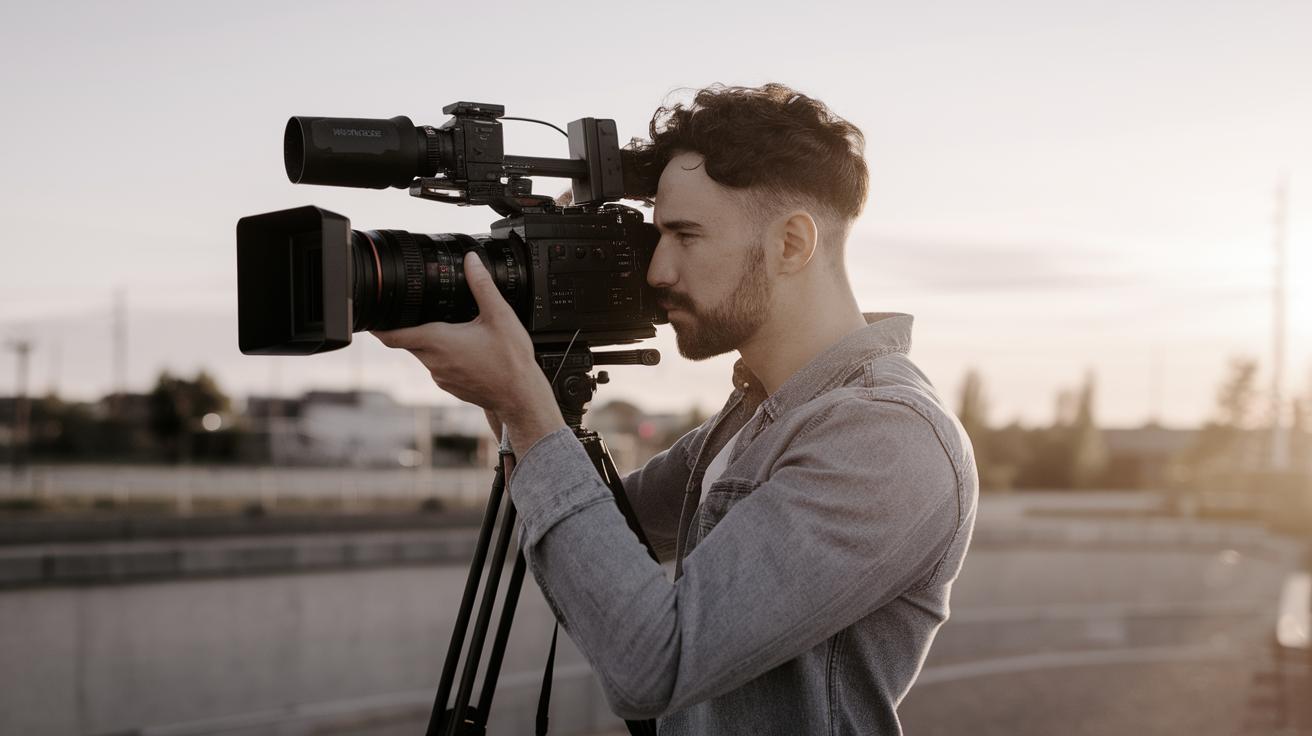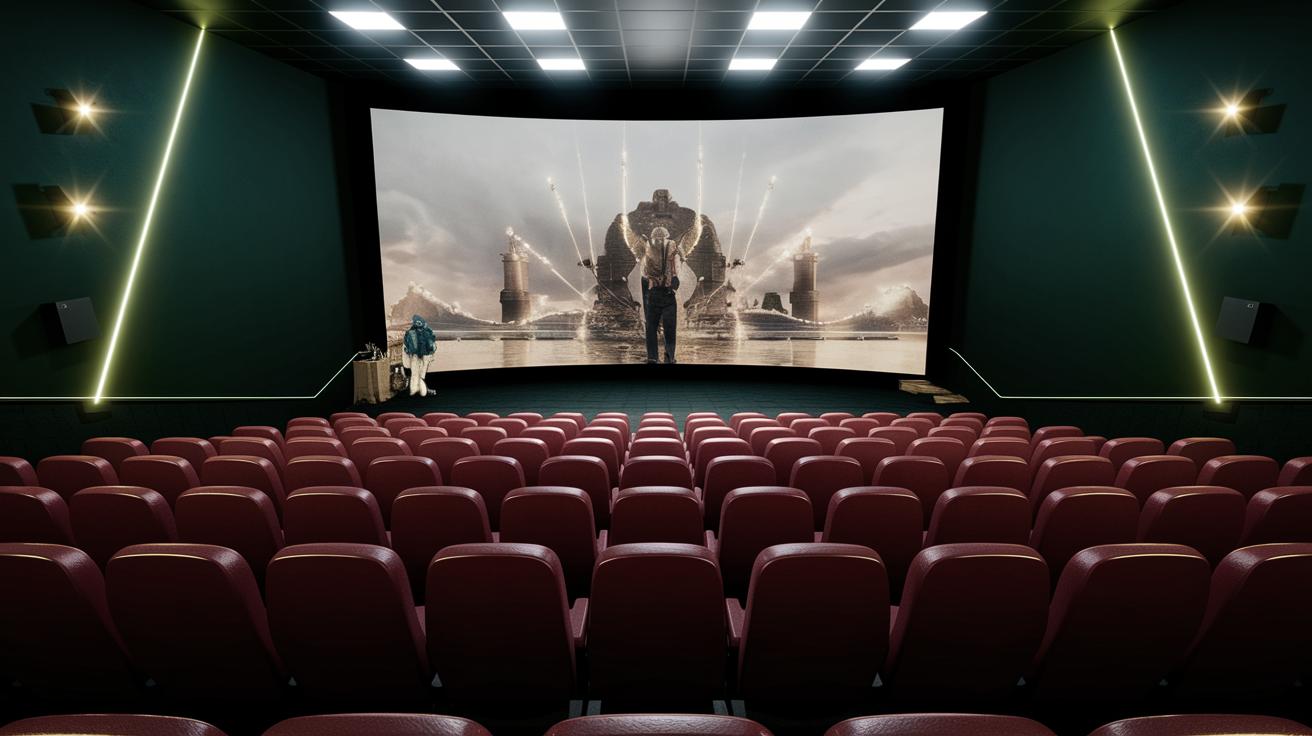Essential Tools for Amateur Filmmakers
Embarking on a filmmaking journey can be both exciting and daunting for amateurs looking to bring their creative visions to life. In the world of filmmaking, having the right tools is crucial, from selecting appropriate cameras and sound equipment to mastering editing software. This blog will explore the essential equipment and resources you need to kickstart your filmmaking career, focusing on cameras, sound devices, tripods, lights, and editing tools. By understanding and investing in these pivotal tools, amateur filmmakers can significantly enhance the quality of their films, paving the way for captivating storytelling that resonates with audiences. Let’s dive into these essentials to lay a solid foundation for your filmmaking endeavors.
What do you need to make a movie?
Making a movie is a multifaceted process that encompasses a range of technical and creative aspects. To successfully produce a film, amateur filmmakers need to be equipped with certain tools and an understanding of how to effectively use them. The foundational tools include a camera, sound equipment, a tripod, lighting, and editing software. Each element plays a crucial role in the filmmaking process, contributing to the visual and auditory experience of the final product.
In addition to these basic tools, filmmakers should also familiarize themselves with the storytelling process and the fundamentals of filmmaking. This involves learning about scripting, shot composition, directing actors, and understanding the intricacies of film production workflow. A combination of the right equipment and technical know-how can significantly enhance the quality of films produced by amateurs, increasing their potential to engage and captivate audiences.
Choosing a camera
The camera is the heart of any filmmaking endeavor, capturing the visual narrative that the filmmaker envisions. For amateurs, the choice of camera can seem overwhelming due to the wide variety of options available in the market. Essential factors to consider when selecting a camera include budget, the type of film being made, and the camera’s capabilities in terms of resolution and features.
Entry-level DSLR cameras or mirrorless cameras are frequently recommended for amateur filmmakers due to their versatility and affordability. These cameras offer manual controls, interchangeable lenses, and superior image quality, allowing filmmakers to experiment with different styles and techniques. For those with a slightly larger budget, investing in a camera with 4K resolution can offer enhanced image clarity and future-proofing for upcoming technological advancements.
Sound equipment
Sound is an integral component of filmmaking, often accounting for half the experience in any film. Good sound quality can make a significant difference in how a film is perceived, hence investing in proper sound equipment is crucial. A common mistake amateurs make is relying solely on the built-in microphone of their cameras, which often results in poor audio quality.
To capture high-quality sound, consider investing in an external microphone such as a shotgun mic or a lavalier microphone, which can provide better clarity and reduce ambient noise. Additionally, utilizing a portable audio recorder can help ensure flexible and high-quality sound capture. Beyond equipment, understanding basic audio recording techniques like proper mic placement and sound mixing is essential for achieving professional sound quality.
Tripods and camera support
Achieving stability in your shots is vital for professional-looking films. Oftentimes, handheld footage can appear shaky unless intended for stylistic purposes; hence, tripods and other camera support systems like gimbals or sliders are crucial tools in a filmmaker’s arsenal. They help maintain stability and provide flexibility in camera movement, enhancing the overall look of the film.
When selecting a tripod, consider its weight, build quality, and ease of use. Lightweight yet sturdy tripods are ideal for on-the-go shooting, while heavier ones may offer more stability for studio setups. Furthermore, investing in a quality gimbal can allow for smooth, stabilized motion shots, adding a dynamic element to your filmmaking projects.
Lights and reflectors
Lighting is one of the most critical aspects of filmmaking, impacting the mood and tone of every scene. Proper lighting can transform a simple scene into a visually captivating moment, making the right lighting equipment essential for filmmakers. Basic lighting kits, which include LED lights, softboxes, and reflectors, serve as excellent starting points for amateurs.
Understanding different lighting techniques such as three-point lighting, key lighting, and fill lighting will greatly enhance how scenes are lit. Reflectors are useful tools that help manipulate natural light, filling shadows, and creating balanced scenes, especially in outdoor settings. Learning to creatively use light ensures that filmmakers can achieve desired atmospheres and moods crucial to their storytelling.
Editing
Computers
Effective editing hinges heavily on having a computer capable of running resource-intensive editing software. When choosing a computer for film editing, focus on its processor speed, RAM, and storage capabilities. Often, laptops with multi-core processors and a minimum of 16GB RAM are recommended for fluid editing experiences.
Investing in a good quality monitor with accurate color reproduction is essential for evaluating edits in true-to-life color. As you delve deeper into editing, upgrading your setup to include additional displays can help streamline the editing workflow further, offering more screen real estate for managing multiple layers and timelines.
Storage
Filmmaking produces large amounts of data, so reliable storage solutions are paramount. External hard drives with high-speed connectivity interfaces like USB 3.0 or Thunderbolt are ideal for backing up footage and projects, providing both speed and security.
Cloud storage solutions can also serve as supplemental backups, ensuring your data is safe from physical damage or local hardware failure. Filmmakers should always prioritize data redundancy by maintaining multiple backups across different devices and platforms to minimize risks associated with data loss.
Editing programs
Choosing the right editing software is instrumental in shaping the final film. Popular programs such as Adobe Premiere Pro, Final Cut Pro, and DaVinci Resolve offer a range of tools and capabilities to accommodate varying levels of experience from amateurs to seasoned editors.
While these programs provide comprehensive editing solutions, amateurs should explore their features through tutorials and online courses to maximize their potential. Being skilled in editing not only refines the narrative but also enhances the film’s pacing and cohesion, crucial for producing polished, professional-quality projects.
Summary of Main Points
| Essential Tool | Description and Importance |
|---|---|
| Camera | Central to capturing visual narratives; consider DSLRs or mirrorless models for versatility and quality. |
| Sound Equipment | Integral for good film quality; invest in external mics for clear, crisp audio. |
| Tripods and Camera Support | Necessary for stable, professional footage; tripods and gimbals enhance filming capabilities. |
| Lights and Reflectors | Influence scene atmosphere and mood; proper lighting techniques elevate storytelling. |
| Computers | Support editing software; choose ones with robust performance capabilities. |
| Storage | Essential for data management; use external drives and cloud storage for security and reliability. |
| Editing Programs | Key to shaping final film; software like Adobe Premiere Pro offers extensive editing capabilities. |


